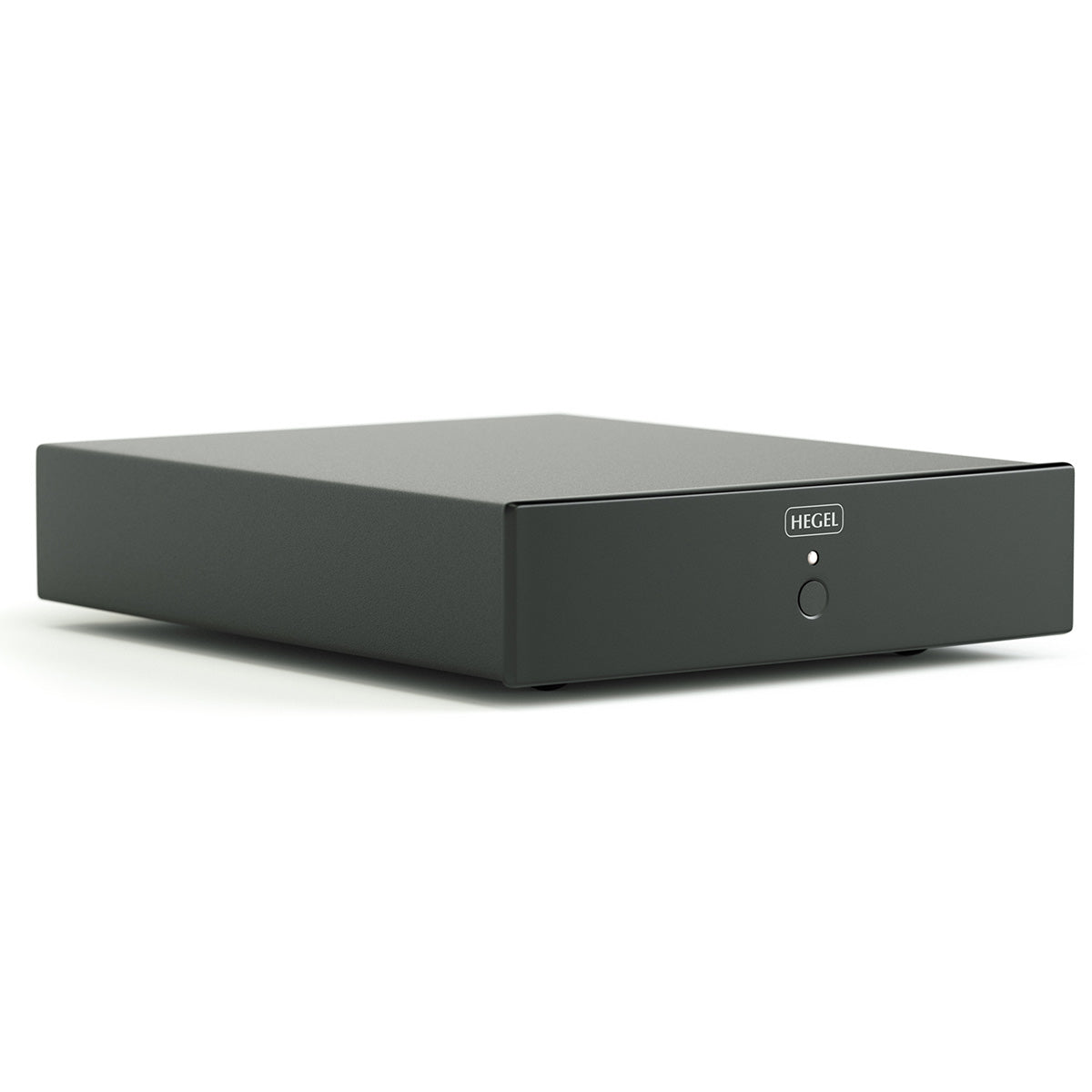Core Amplifier Technologies
One thing to understand about Hegel as a brand is that they don’t just modify classic circuits and designs and put them in their products. Instead, they design new, better circuits without many of the drawbacks associated with classic designs. Let’s take a look at their core amplifier technologies that we feel give them a leg up against the competition.
SoundEngine
The first piece of tech Hegel uses in every amplifier they build is their SoundEngine technology, which replaces classic feedback circuits found in most class A/B amplifiers. This circuit cancels crossover distortions associated with switching transistor amplifiers. SoundEngine will also cancel out high-frequency distortion found in amplifier circuits, all without using any negative feedback! Hegel uses a feedforward design that takes a direct copy of the input signal and puts it into an analog computer, where it is then continuously compared to the signal going through the amplifier to reduce distortions. Then, the signal is fed through a second analog computer and inverted to feed into the output section to eliminate any distortions left at the outputs.
This process is similar to how noise-canceling headphones work. However, instead of analyzing and canceling external noise, Hegel amplifiers measure the input signal and continuously compare it to the output. People who hear Hegel amplifiers for the first time will always notice the completely black background. This is due to less distortion at the amplifier outputs, which means less noise.
DualAmp
Next is their DualAmp tech. While most amplifiers combine voltage and current gain stages into one module, Hegel separates them, allowing each gain stage to be specifically tailored to voltage or current. This allows each stage to be more efficient and better at its respective duties within the amplifier. This separation allows lower distortion and higher dynamic range, bringing listeners closer to real-life music.
DualPower
DualPower technology is essentially Hegel's version of separate power supplies. The input and amplification sections have their own separate power supply, meaning that efficiencies are maximized while noise is reduced—precisely what you need inside a high-power amplifier.
Organic Sound
And finally, Hegel products have what they call “Organic Sound.” This is more of a technical promise than an actual feature. But Organic Sound means that Hegel amplifiers are designed to reproduce the recorded music as it was recorded. There is no additional tuning or anything between you and the music.
“The Hegel Concept - the first music system in the world that utilizes the very latest technology from all related fields, like integrated circuitry, broadcasting technology, and telecommunication. More than 10 years of research and development have made it possible to reproduce music in a more natural way than ever before”.
Model Overview
Now that we’ve explored Hegel’s origins and the innovative technologies behind their products, let’s take a closer look at their model lineup. Our goal is to help you find the perfect fit for your setup and listening preferences. And if you still have questions after reading this article, don’t worry—our team of experts is just a phone call or chat away, ready to guide you every step of the way.


















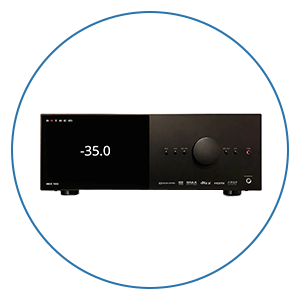



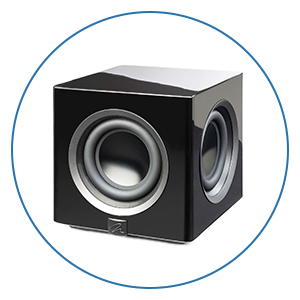

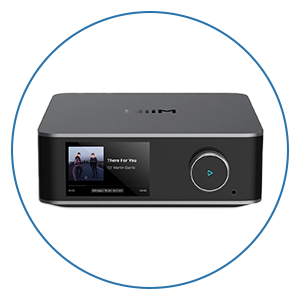
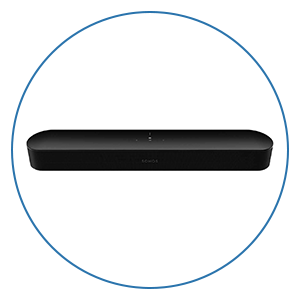



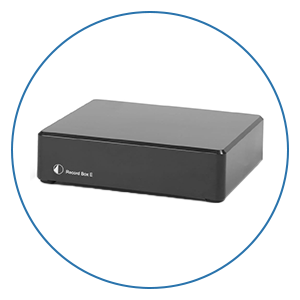

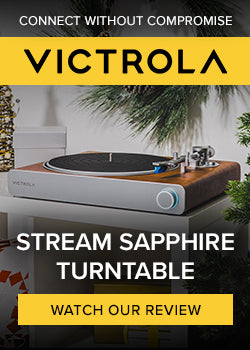


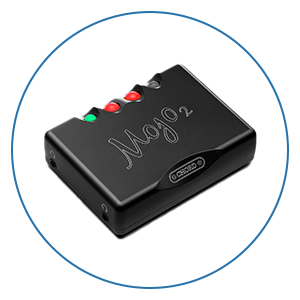

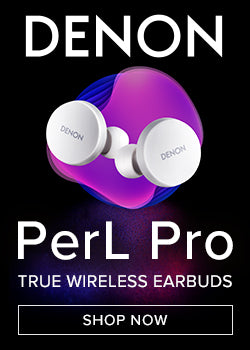

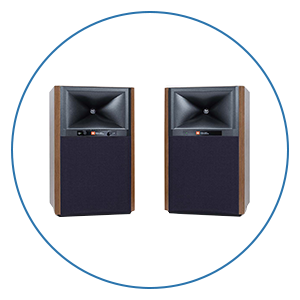
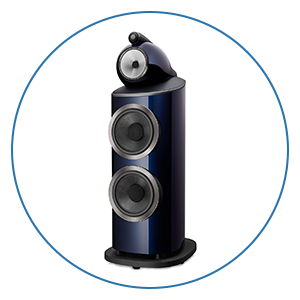
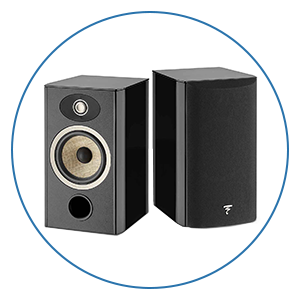





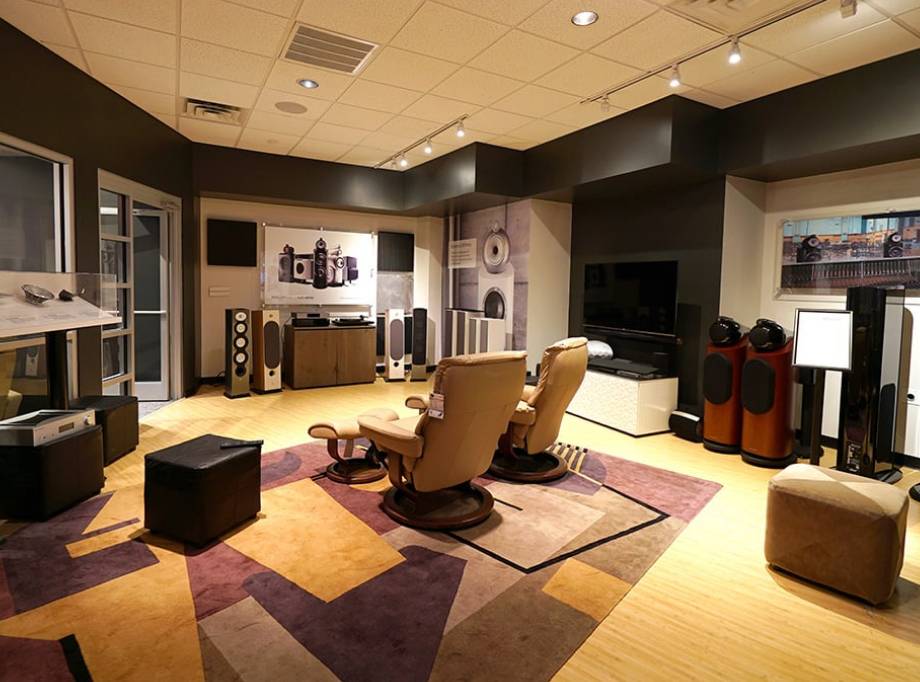
 Home Theater
Home Theater Speakers
Speakers Tower Speakers
Tower Speakers
 Bookshelf Speakers
Bookshelf Speakers
 Center Channel Speakers
Center Channel Speakers
 Wall & Ceiling Speakers
Wall & Ceiling Speakers
 Surround Speakers
Surround Speakers
 Dolby Atmos Speakers
Dolby Atmos Speakers
 Subwoofers
Subwoofers
 Soundbars
Soundbars
 Speaker Stands & Mounts
Speaker Stands & Mounts
 Components
Components Home Theater Receivers
Home Theater Receivers
 Surround Sound Processors
Surround Sound Processors
 Power Amps
Power Amps
 Movie Sources
Movie Sources
 TVs & Projectors
TVs & Projectors Televisions
Televisions
 Projectors
Projectors
 Projector Screens
Projector Screens
 TV & Projector Mounts
TV & Projector Mounts
 Seating & Furniture
Seating & Furniture Home Theater Seating
Home Theater Seating
 Media Cabinets
Media Cabinets
 A/V Racks & Shelves
A/V Racks & Shelves
 Accessories
Accessories
 Acoustic Treatments
Acoustic Treatments Absorption Panels
Absorption Panels
 Bass Trap Panels
Bass Trap Panels
 Diffusion Panels
Diffusion Panels
 Acoustic Treatment Packages
Acoustic Treatment Packages
 Cables & Accessories
Cables & Accessories HDMI Cables
HDMI Cables
 Analog Cables
Analog Cables
 Digital Cables
Digital Cables
 USB Cables
USB Cables
 Speaker Cables
Speaker Cables
 Subwoofer Cables
Subwoofer Cables
 Power Management
Power Management
 Featured & Deals
Featured & Deals Best Sellers
Best Sellers
 Sale
Sale
 Home Audio
Home Audio Outdoor Speakers
Outdoor Speakers
 Portable & Bluetooth
Portable & Bluetooth
 Wireless Speaker Systems
Wireless Speaker Systems
 Computer Speakers
Computer Speakers
 Powered Speakers
Powered Speakers
 Integrated Amplifiers
Integrated Amplifiers
 Power Amplifiers
Power Amplifiers
 Stereo Preamplifiers
Stereo Preamplifiers
 Stereo Receivers
Stereo Receivers
 Streaming Media Players
Streaming Media Players
 Digital-to-Analog Converters
Digital-to-Analog Converters
 CD Players
CD Players
 Outdoor Entertainment
Outdoor Entertainment Outdoor Subwoofers
Outdoor Subwoofers
 Turntables
Turntables Manual
Manual
 Automatic
Automatic
 Phono Cartridges
Phono Cartridges Moving Coil
Moving Coil
 Moving Magnet
Moving Magnet
 Moving Iron
Moving Iron
 Mono
Mono
 Phono Preamps
Phono Preamps MC Compatible
MC Compatible
 MM Compatible
MM Compatible
 Record Cleaning & Care
Record Cleaning & Care Stylus Care
Stylus Care
 Cleaning Machines
Cleaning Machines
 Record Cleaning Fluid
Record Cleaning Fluid
 Record Sleeves
Record Sleeves
 Isolation Systems
Isolation Systems Turntable Setup Tools
Turntable Setup Tools
 Turntable Cables
Turntable Cables
 Record Weights
Record Weights
 Turntable Mats
Turntable Mats
 Headphones
Headphones In-Ear Headphones
In-Ear Headphones
 On-Ear Headphones
On-Ear Headphones
 Over-Ear Headphones
Over-Ear Headphones
 Wireless Headphones
Wireless Headphones
 Gaming Headsets
Gaming Headsets
 Headphone Amps & DACs
Headphone Amps & DACs Digital Audio Players
Digital Audio Players
 Smart Home
Smart Home Deals
Deals Limited Time Deals
Limited Time Deals Deals by Category
Deals by Category


